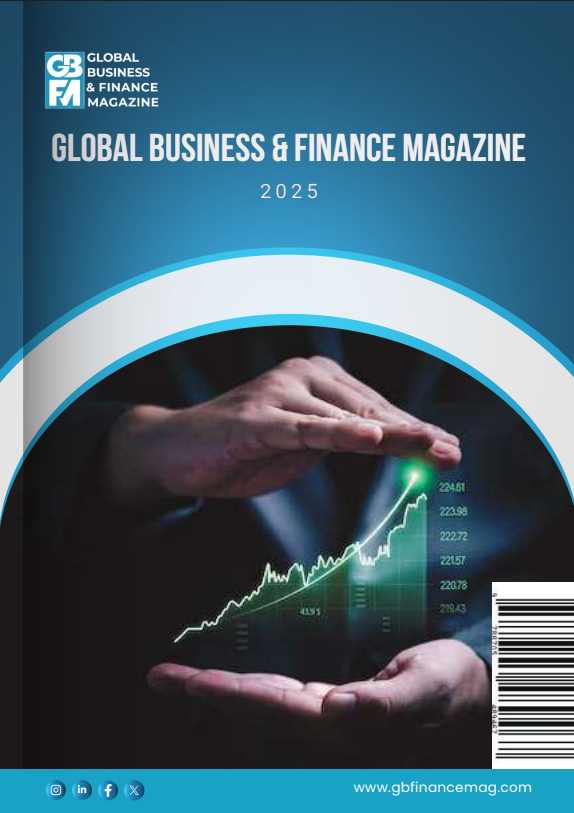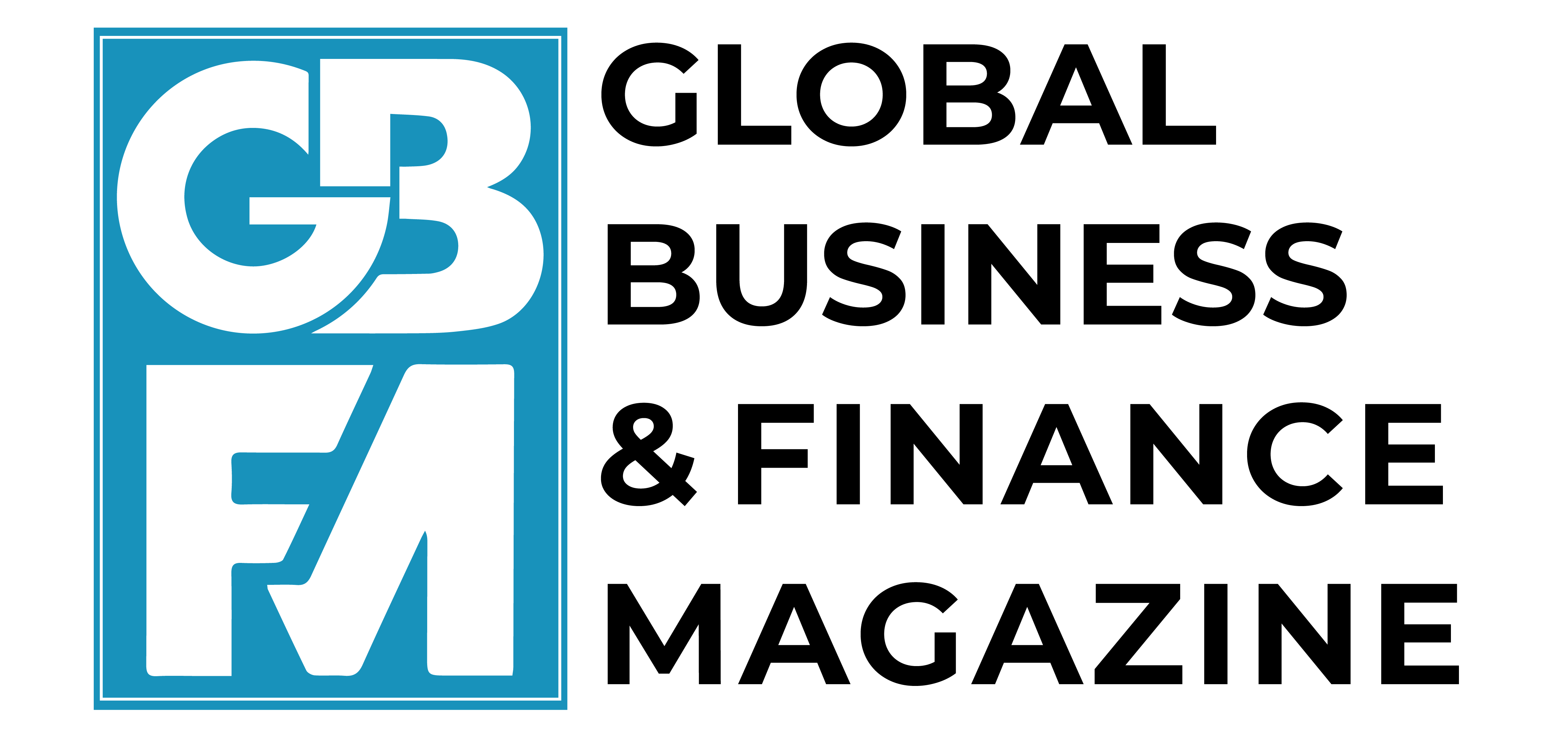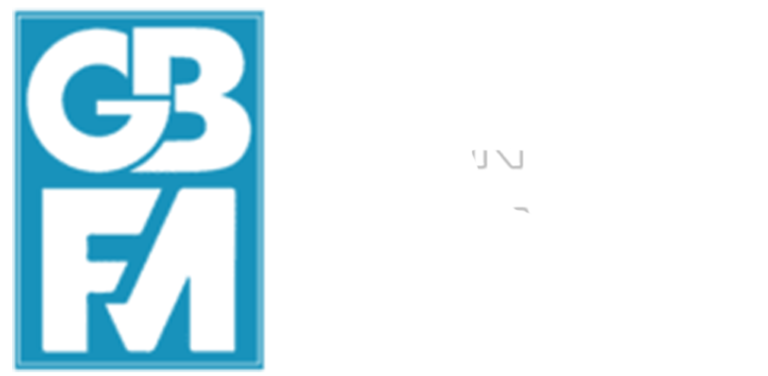How tariffs hurt the ones you love
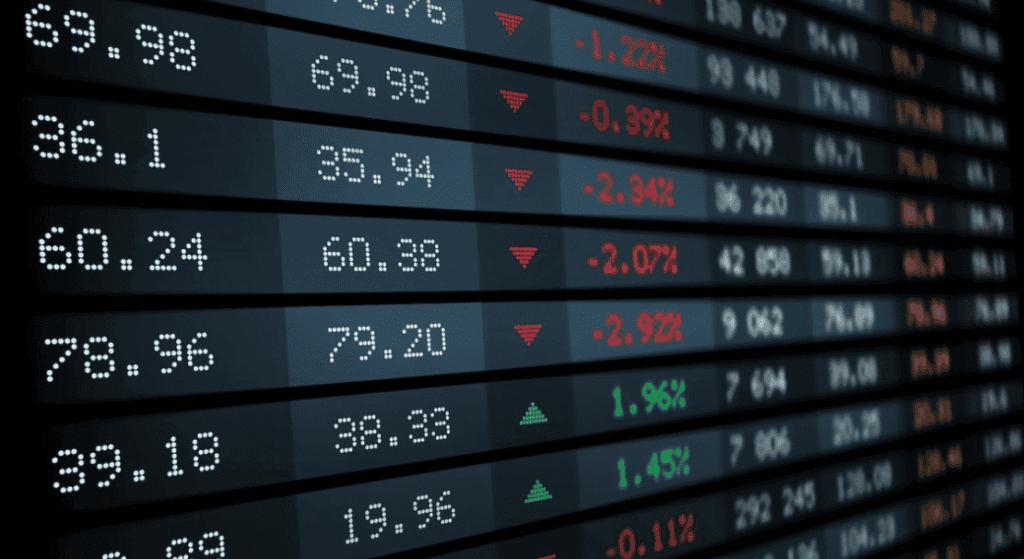
US stock markets fell in response to the announcement of President Trump’s “Liberation Day” tariffs until the tariffs were paused a few days later. This
The impact of interest: How loan rates shape firm investment

Monetary policy moves aggregate investment, but the underlying drivers remain unclear. This column opens the black box with a German firm survey. A one percentage
Bank specialization and the transmission of euro area monetary policy

Bank lending is a key channel through which monetary policy affects the real economy. This column explores how the effects of monetary policy on credit
JPMorgan to invest up to $10 billion in US national security as part of $1.5 trillion pledge

JPMorgan Chase announced plans on Monday to hire bankers and invest up to $10 billion in U.S. companies considered critical to national security and economic resilience
How firms respond to import competition: Labour force reduction, product/industry switching, and off-shoring
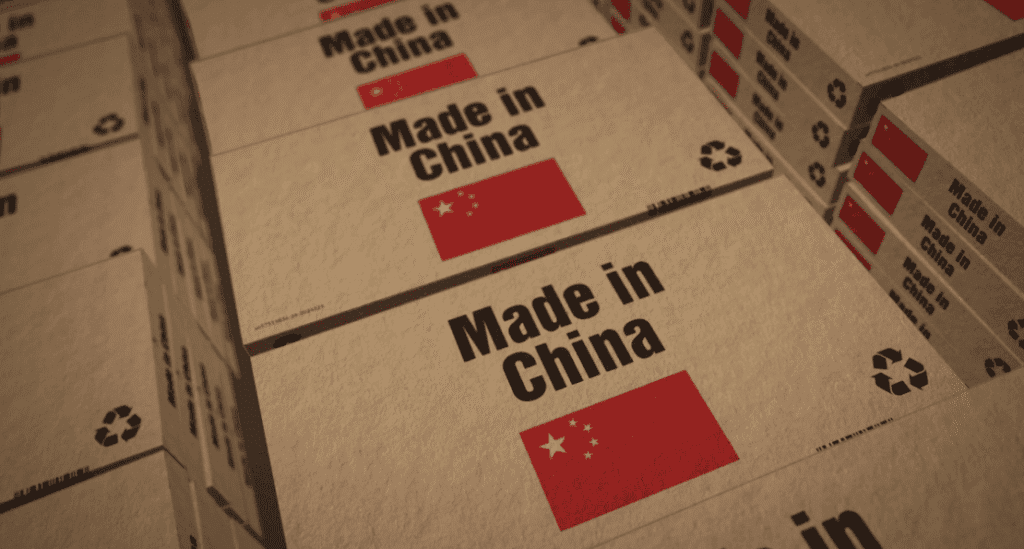
As global trade has expanded, many studies have documented the level of impact of import competition on employment, but we know less about how firms
Why some countries win in world trade: Unpacking export competitiveness
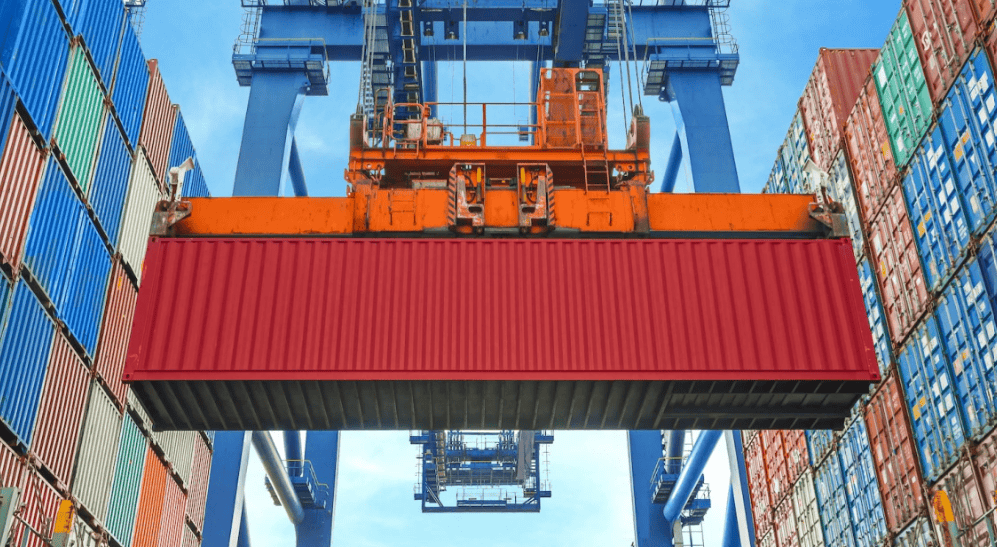
Global export competitiveness is rapidly evolving. This column presents a novel granular decomposition of export market share changes into demand and supply effects. Applied to
The making of a supply shock: Tariff propagation via domestic production networks
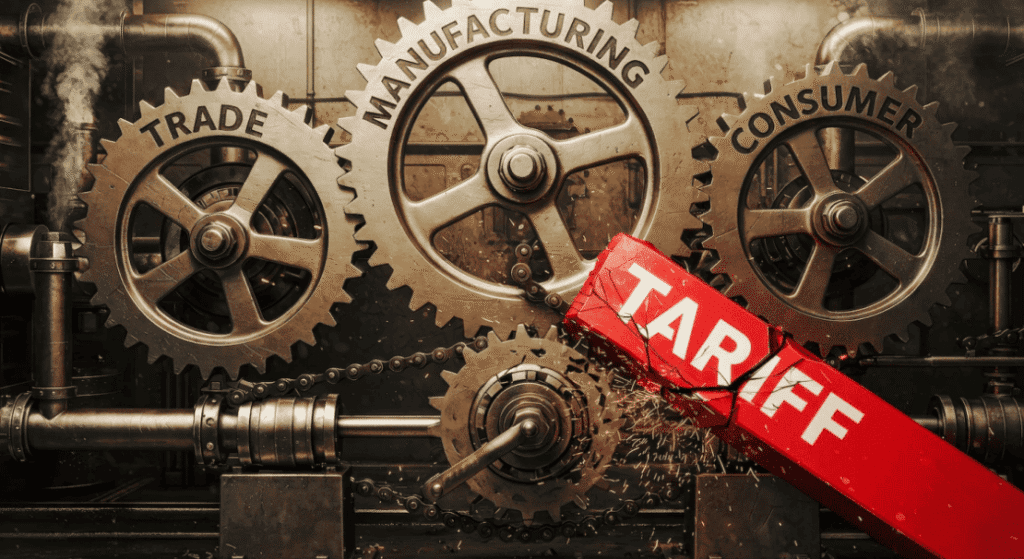
President Trump’s “Liberation Day” announcement triggered a discussion of whether import tariffs can reduce trade deficits or boost certain industries. This column develops a model,
When upskilling is good but not enough: Understanding labour shortages through a job-quality lens

Advanced economies are still experiencing labour shortages in the aftermath of the COVID-19 pandemic. This column examines the high labour shortages across OECD countries, focusing
The impact of international economic sanctions on informal employment
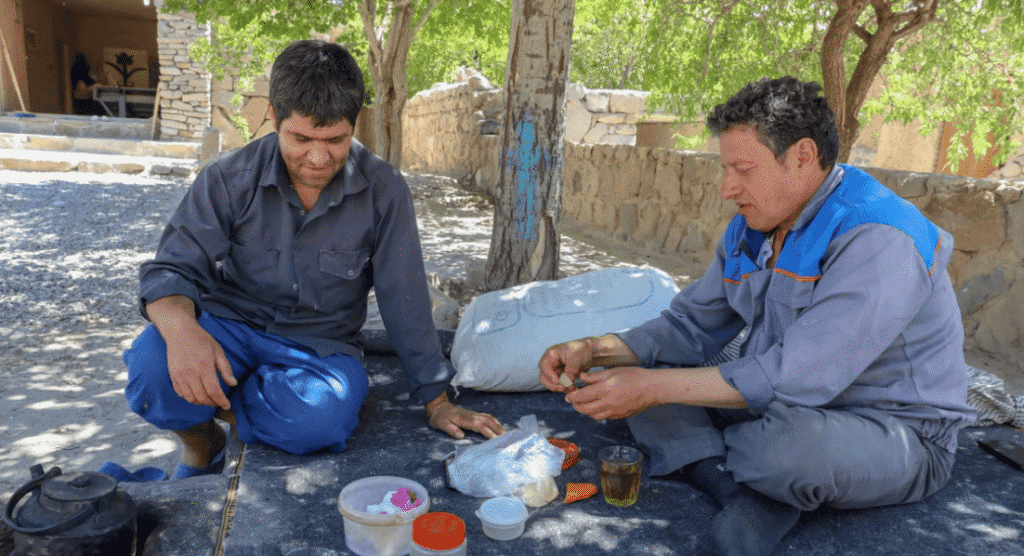
Economic sanctions have become an increasingly common instrument of foreign policy, promoted as a non-violent alternative to military intervention. However, their effects on labour markets
